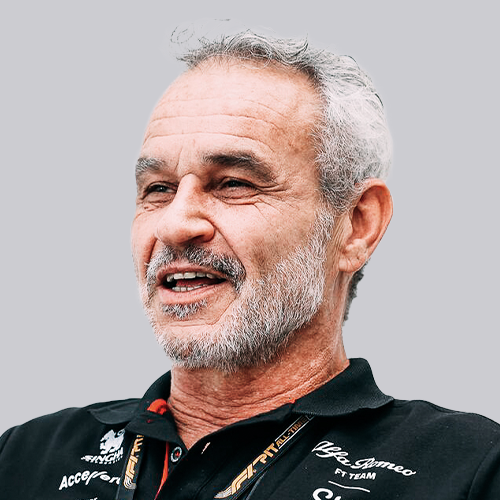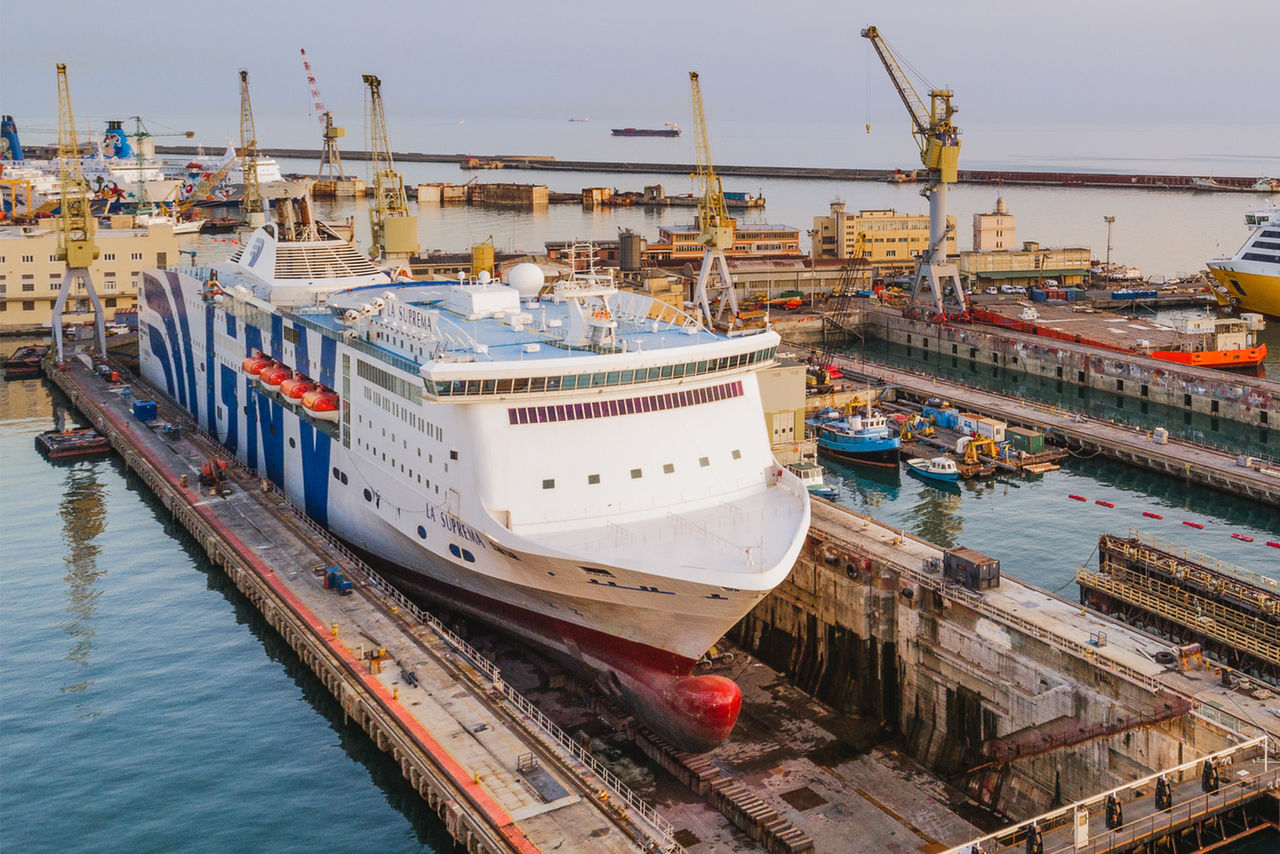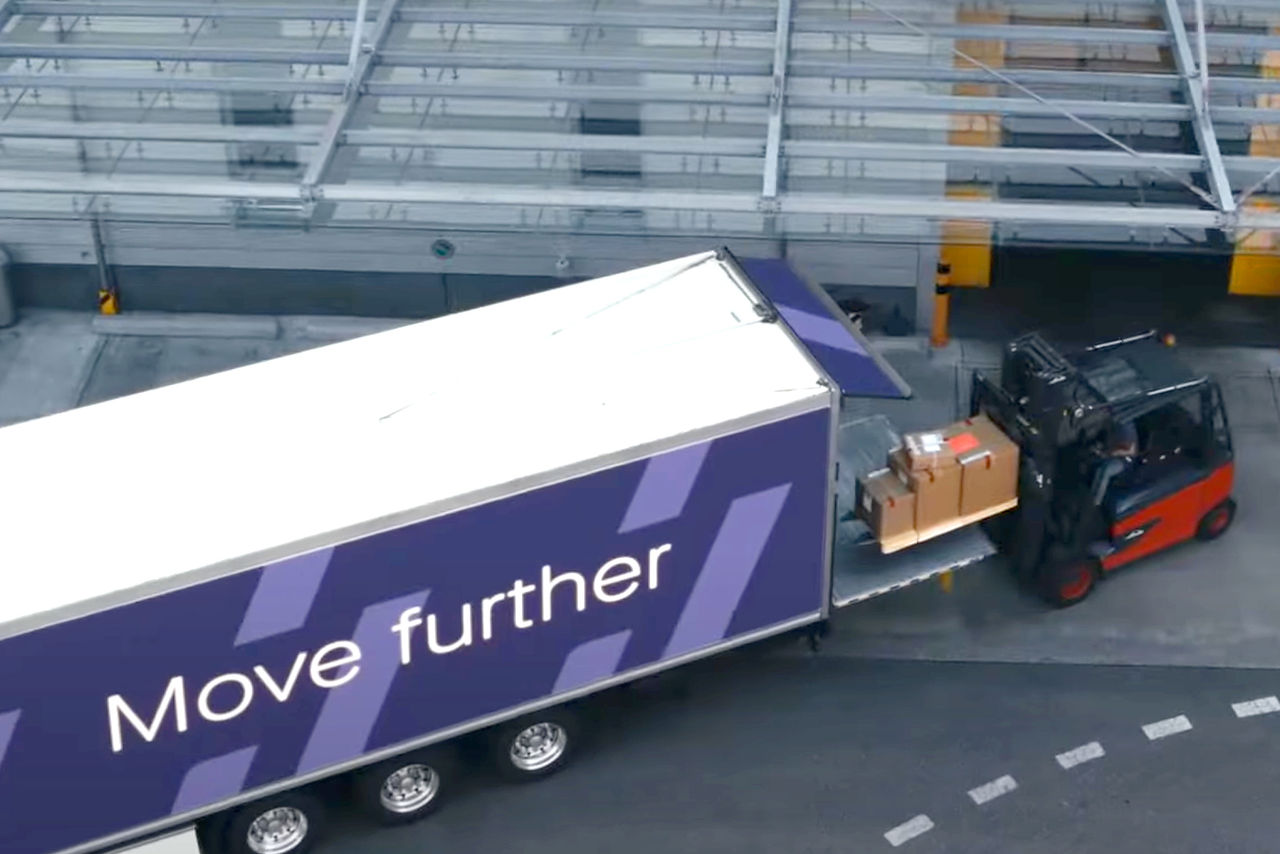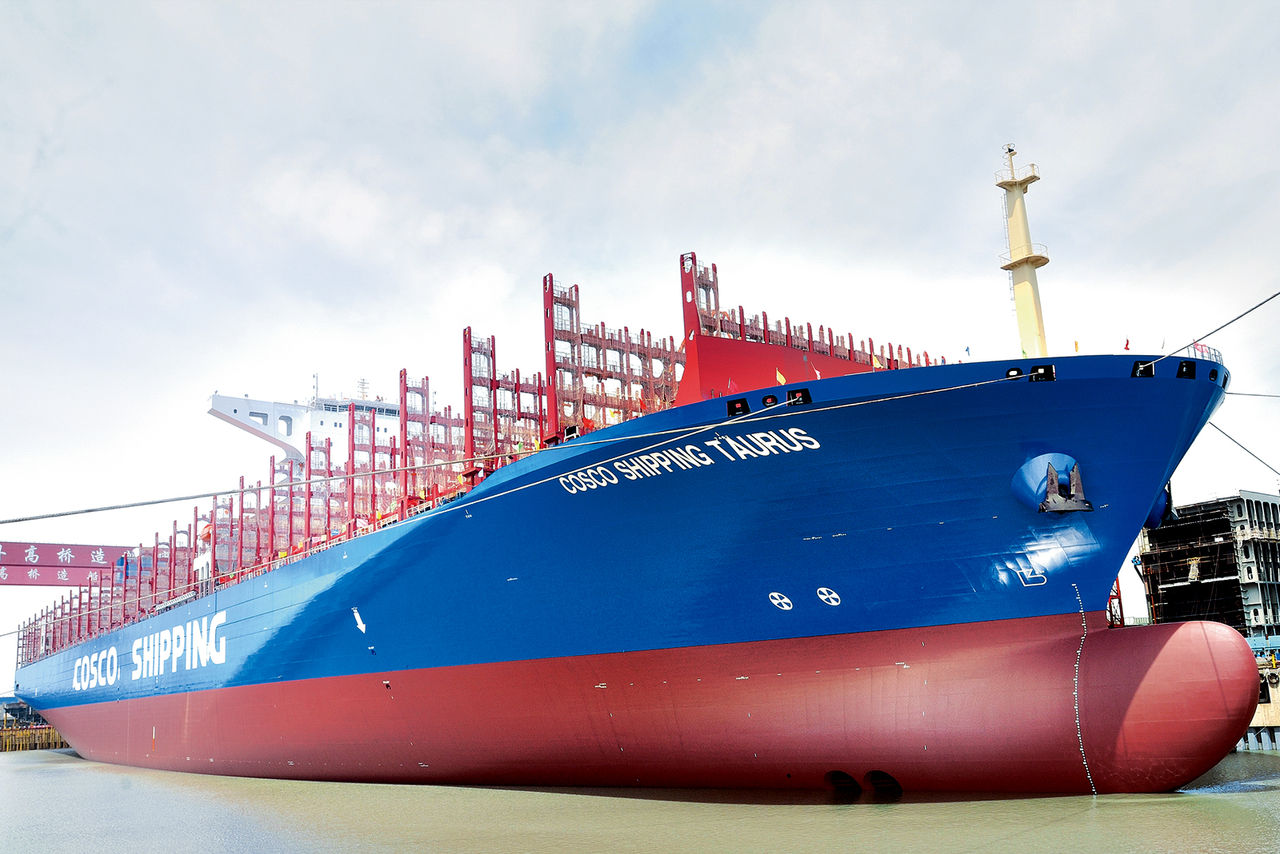From pit-stop to dry dock – how high-performance service delivers exceptional reliability
F1 partnership update | Baden, Switzerland | Jul 19, 2023
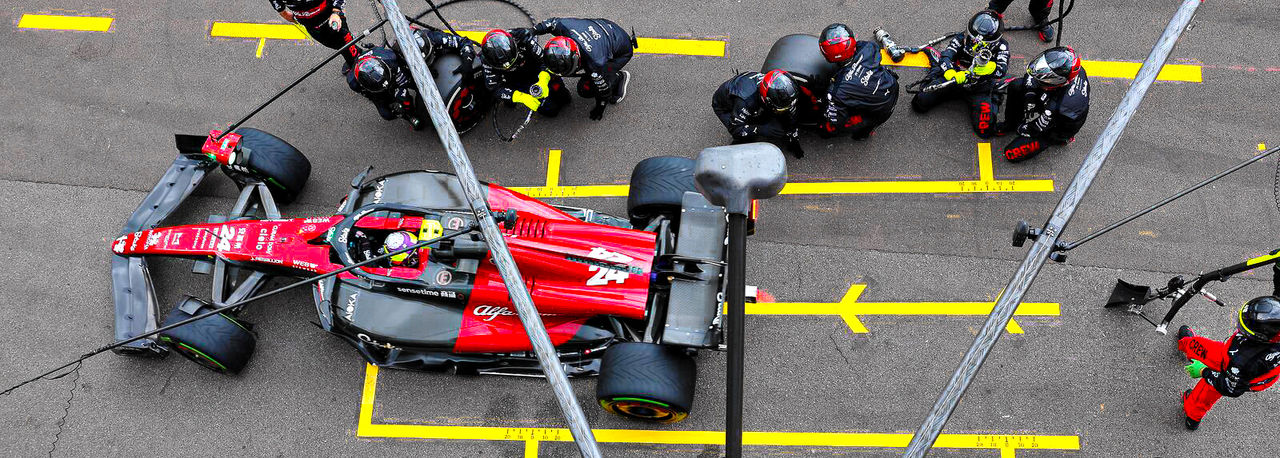
The Alfa Romeo F1 Team Stake C43 F1 car hurtles into the pits, the driver bringing it to a perfect stop within the ‘box’. The millisecond it comes to a halt, 22 team members spring into action, swapping all four tyres, adjusting aero settings and sending the car back on its way in under three seconds.
It is a perfectly choreographed process that combines athleticism, coordination and engineering perfection. Even the smallest slipup, maybe a lost fraction of a second, can cost the driver track position in the cauldron of competition that is modern Formula 1.
It’s a high-pressure drill, and one with a particular interest to Accelleron, whose service function is shaped to provide the same world–class support during planned and unplanned turbocharger maintenance challenges.
When dry docking a large vessel for instance, ensuring its turbochargers are overhauled quickly and efficiently, wherever it is in the world, milliseconds may be minutes or hours. But time lost in dock means lost revenue and additional costs for operators. A seamless and integrated service is vital.
Common to both worlds is the logistical challenge to ensure all necessary parts, tools and equipment are ready where and when they are needed. Next, trained personnel need to be in place who will do the job perfectly, and safely, every time. Finally, planning and organisation that brings all the elements together to deliver extraordinary outcomes again and again, is a must.
Timing is everything
“Everyone has to precisely know what they are doing,” Alfa Romeo Stake F1 team manager, Beat Zehnder explains as he talks about the F1 pitstop. “And in order to achieve the best possible pit stops you need people with nerves of steel because the car is approaching very quickly, and you have to perform.
“You need the right type of people, with the right mindset, and then an awful lot of practice. Normally, we perform more than 1,000 practice pit stops at our team base in Switzerland before we even start the season. We have two training rigs, one on which we work with the whole crew, and a second more dynamic mechanism that enables our wheel changers to get used to the car’s arrival at racing speeds.”
However, the process leading up to that perfect pit stop begins long before the car arrives in the pit stop box, or in fact before the race or season has started. It is the culmination of complex logistics and support systems that ensure every part the team needs is in the right place at the right time.
The team carries around 35,000 different parts to each race. With more races than ever on the 2023 F1 calendar, this is no small undertaking; it is not simply a case of shipping the same containers of parts from one race to the next.
The components are moved by a combination of air and sea freight. The cars travel from event-to-event by air, a service organised by the championship organisers. Around 35 tonnes of the team’s kit will be delivered from its HQ near Zürich to Milan Malpensa airport in Italy. The next time they see it is when it arrives at the track.
Sea freight is used to transport lower value equipment, and parts are moved in advance to the non-European races known as flyaways.
“We have six identical sets of sea freight and one set consists of three 40-foot containers. The sea freight package includes our modular garage structure, the whole office infrastructure, cables, air hoses and our catering operation,” Zehnder explains.
“We even bring our own fridges and ovens. The weight of the six sea freight containers is around 240 tonnes. Ensuring these arrive at the right place on time takes some choreography.”
No room for error
It's vital that nothing is left behind. By the time the race week commences, it is usually too late to fly any missing part across continents. This is where the team’s stores and parts management systems, and the skilled team that oversees logistics, comes to the fore.
“There is a consistent exchange and flow of parts being sent backwards and forwards,” Zehnder points out. “This will include parts that reach the end of their service life and need to be checked at the factory, as well as updated parts that come on stream during the season. “We send about two and a half tonnes back to Switzerland after each race. Then, we have another two and a half tonnes of different parts sent to the next overseas race.”
F1-style efficiency in marine
As part of its partnership with Sauber Group, the organisation that runs Alfa Romeo F1 Team Stake, Accelleron is exploring ways in which technologies, processes and operational systems developed in Formula 1 can be applied to its own business.
Like a Grand Prix team, Accelleron’s service division relies on the perfect coordination of many complex elements. In Accelleron’s case, this involves a central dedicated service warehouse close to the production facilities in Baden, Switzerland and a 1,100-strong team of engineers, coordinators, logistics experts and sales engineers operating from 110 service points across the globe. Together, this expert team provides an unrivalled service to customers 24/7, 365 days a year.
Roland Schwarz, president of Accelleron’s service division explains:
“I like the pit stop analogy because we face a similar challenge in marine applications during planned maintenance. However, just like those F1 technicians during a race, we are also ready to spring into action if something unplanned happens.
“In the marine business, vessel reliability is of the utmost importance. For instance, our 2-stroke main engine turbochargers are designed to operate between dry-dock overhauls – which in most cases is five years of running. But we are also ready to react immediately to other maintenance requirements.
“If a large container vessel is not able to operate for a day, it easily loses up to €100,000 in lost revenues, because the ship may be out of charter, or incurring additional costs. And these quickly add up.””
Servicing expertise on a global scale
Keeping on top of the service needs of these units is no small undertaking, akin to Alfa Romeo’s F1 operation, but on an even larger scale.
At any one point, Accelleron has more than 180,000 turbochargers in operation with customers, spanning a vast array of types and ages – some of which were designed in the 1950s and 1960s and have been in operation for more than 50 years.
“We have a global database that shows where all our turbochargers are located,” Schwarz explains. “We know the exact specification and service history of each unit, which is a critical point. All Accelleron service points around the globe have access to this database to ensure they provide the correct parts a customer needs, quickly.”
Just as Sauber must have a flexible and responsive supply system, so too must Accelleron. All service-relevant parts are produced in Baden, where 15,000 different components are kept in stock ready for immediate dispatch. Three times a day, a truck carrying spares leaves for Zürich airport where consignments are fast-tracked through Accelleron’s own departure gate.
This system ensures that in 98% of cases, spare parts reach their destination airport, anywhere in the world, less than 48 hours after being ordered. Twenty percent of spares orders are delivered on the same day.
In the unlikely event that Accelleron does not have an item in stock, scheduled production is paused so components can be manufactured quickly.
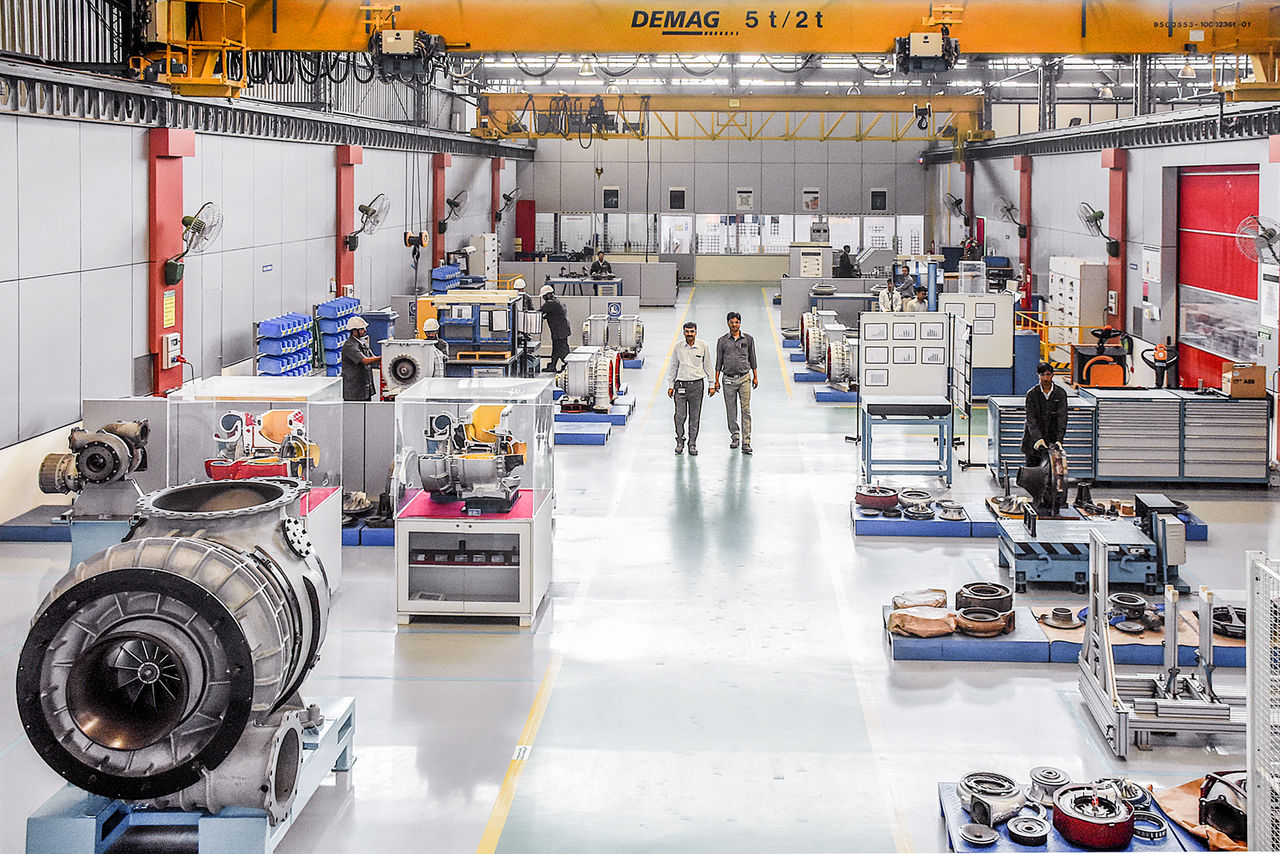
It’s at this stage that Accelleron is exploring another Formula 1 mainstay; the use of additive manufacturing. “For some time we have been working with Sauber to share expertise around 3D printing,” Schwarz explains. “Being able to make components, especially for older, legacy applications in this way, will enable us to reduce lead times of some complex components from several weeks to maybe two or three days. This project is well underway, and we have a number of product trials ongoing in the field.”
Once the necessary parts are on site, it’s up to Accelleron’s 500-strong team of service engineers to ensure the fitting process runs like clockwork. Deadlines are always tight, and with up to four turbochargers per engine to work on, multiple teams are often deployed to operate 24 hours a day.
Like in Formula 1, training is essential. “Planned overhauls are one thing, but we also train our engineers for the unexpected because that's exactly when you need people at the top of their game and ready to act,” Schwarz says.
“Our engineers train continuously on the different products so they are ready to serve the entire portfolio. Each year we run about 40 courses at Baden, and the training process for each engineer takes up to four years.
“Through their work, and our wider service operation we know our customers directly, and we build close relationships. And that’s unique in our industry. No one operates their own service network like Accelleron.”
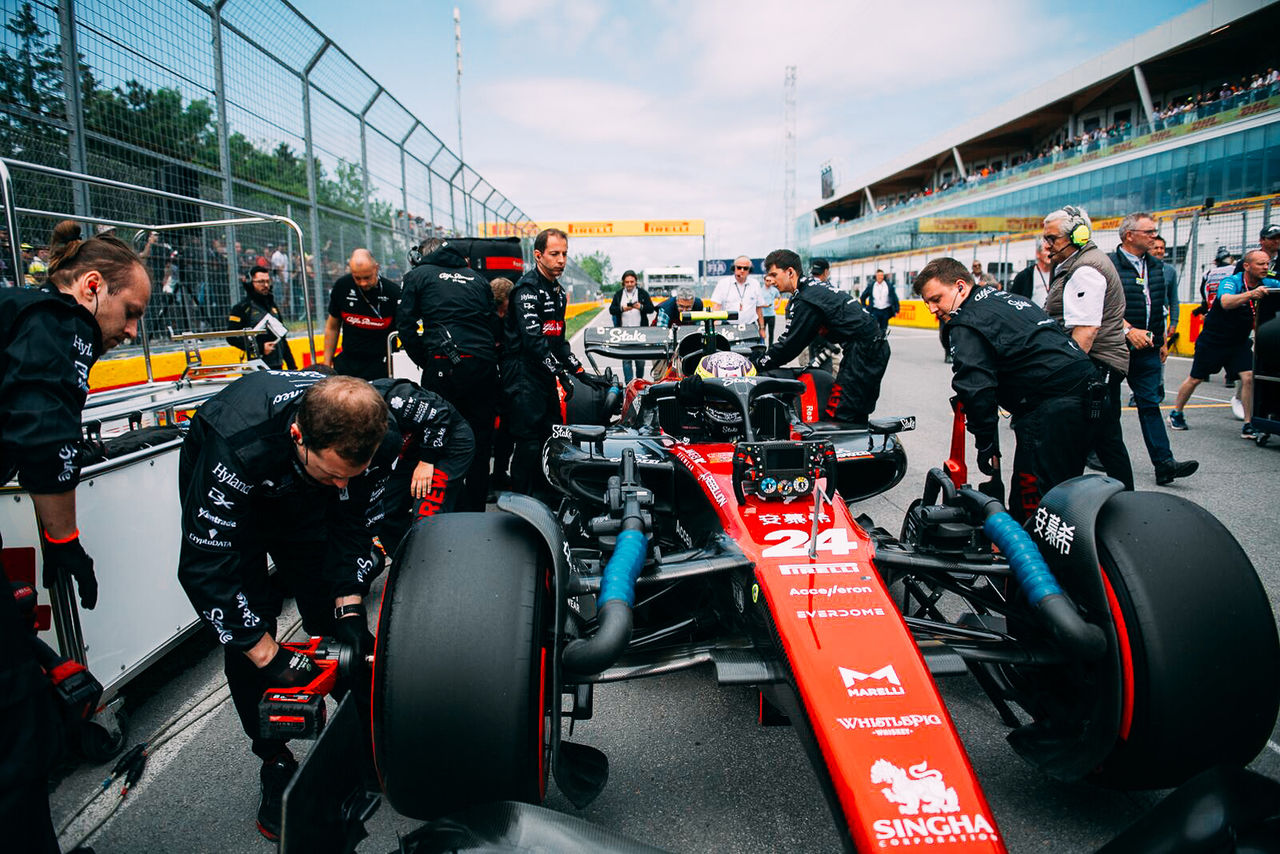
Exploring a shared mindset
A number of joint exercises between Sauber and Accelleron are planned during the next 18 months, with the aim of exploring new ways to deliver the exceptional.
“For us they are a fascinating partner, operating in a similarly challenging environment and there are valuable learning opportunities all round.
“It also strikes me that as well as essential elements like parts and equipment availability, logistics and personnel training, at Sauber and Accelleron we share a common determination and pride to see the job through whatever it takes.
“It’s a particular mindset, and a powerful source of motivation for us both,” Schwarz concludes.












